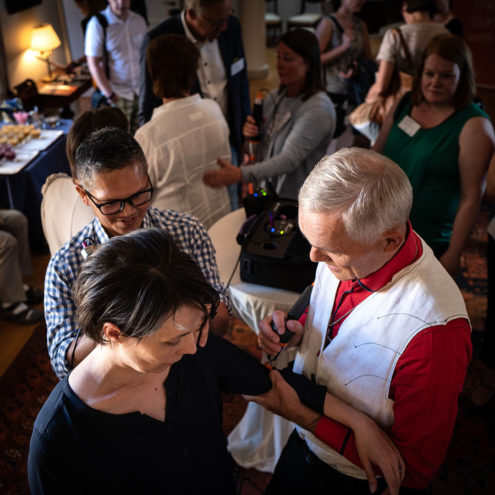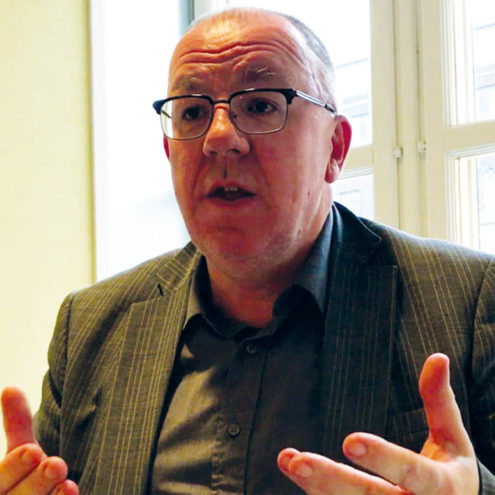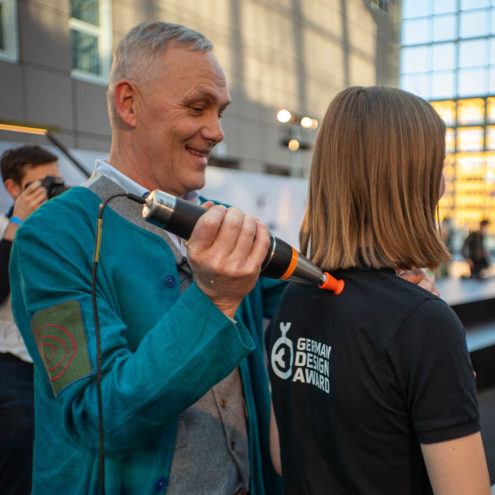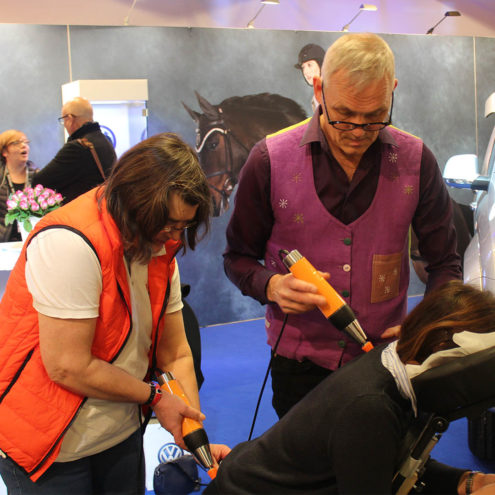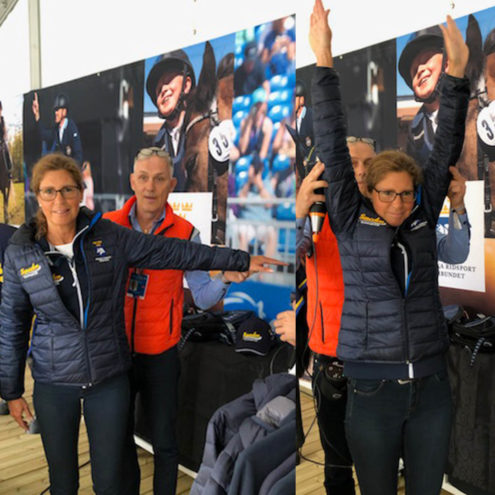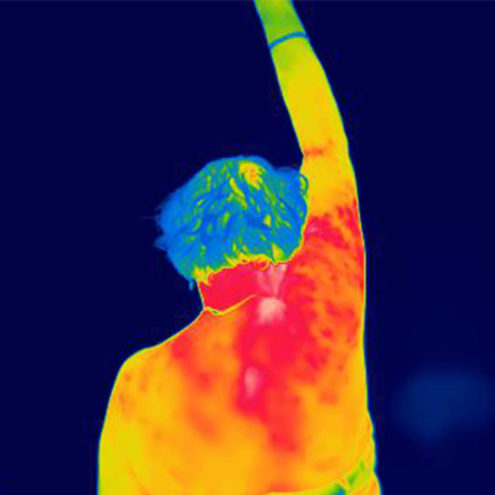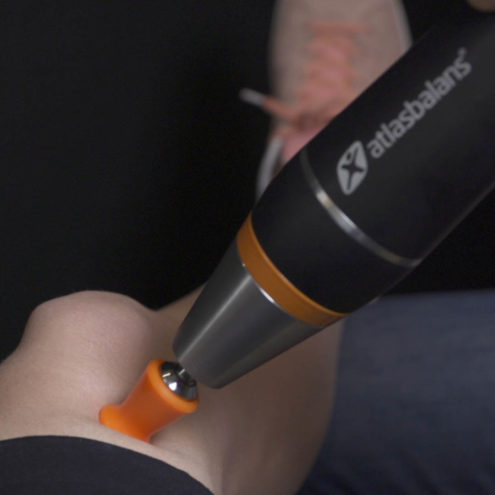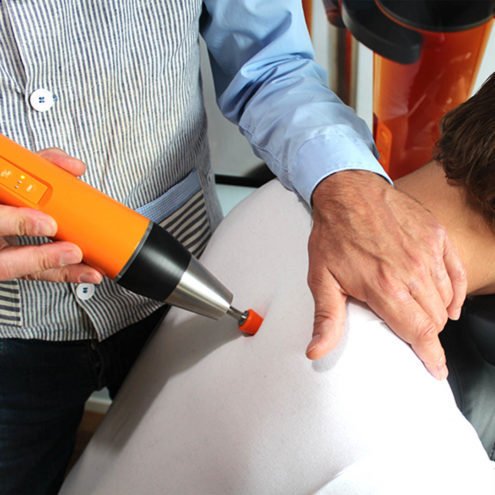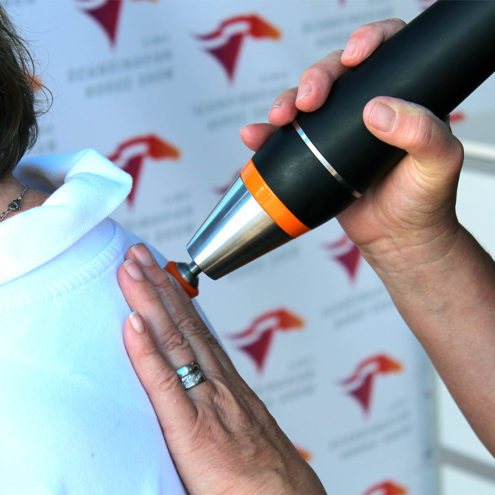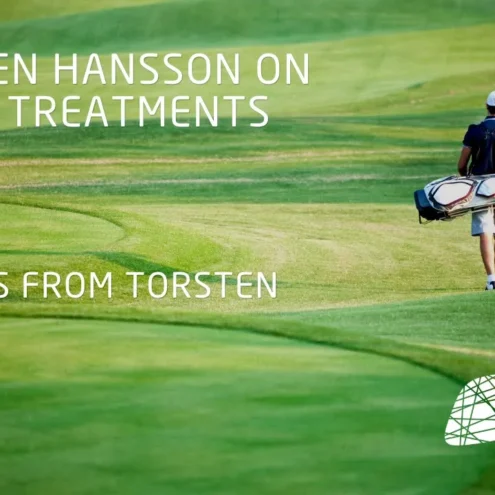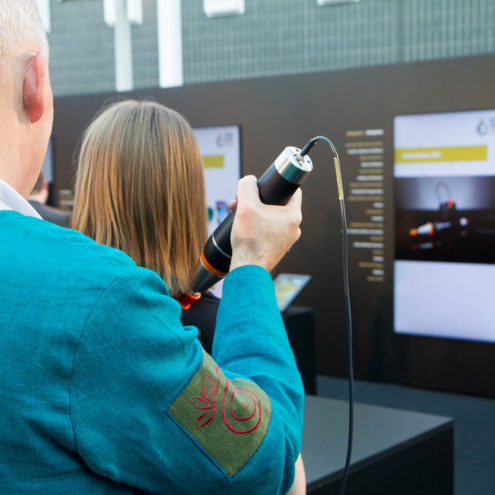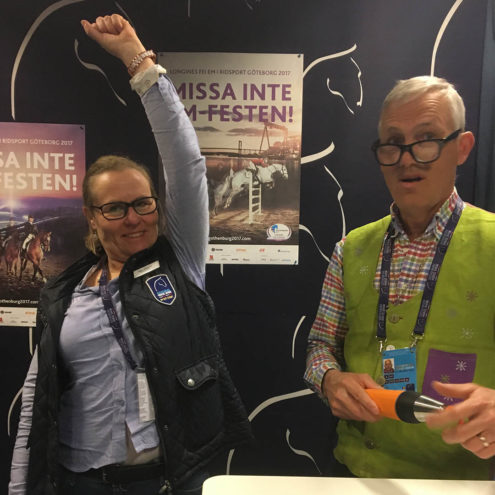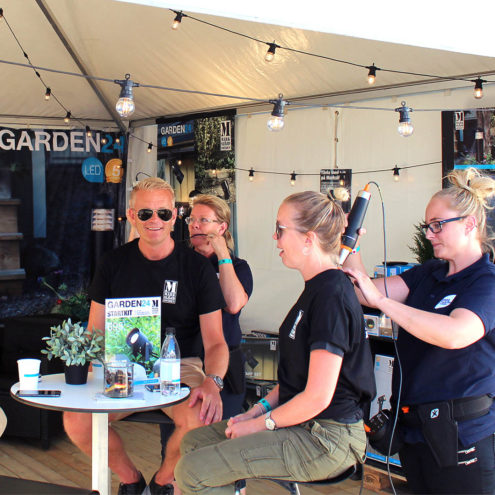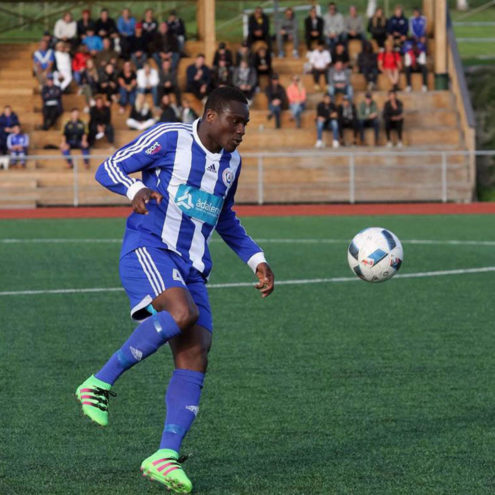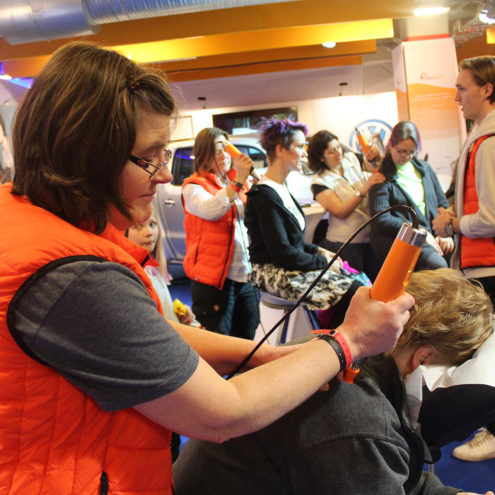Ruptured Achilles tendon treatment
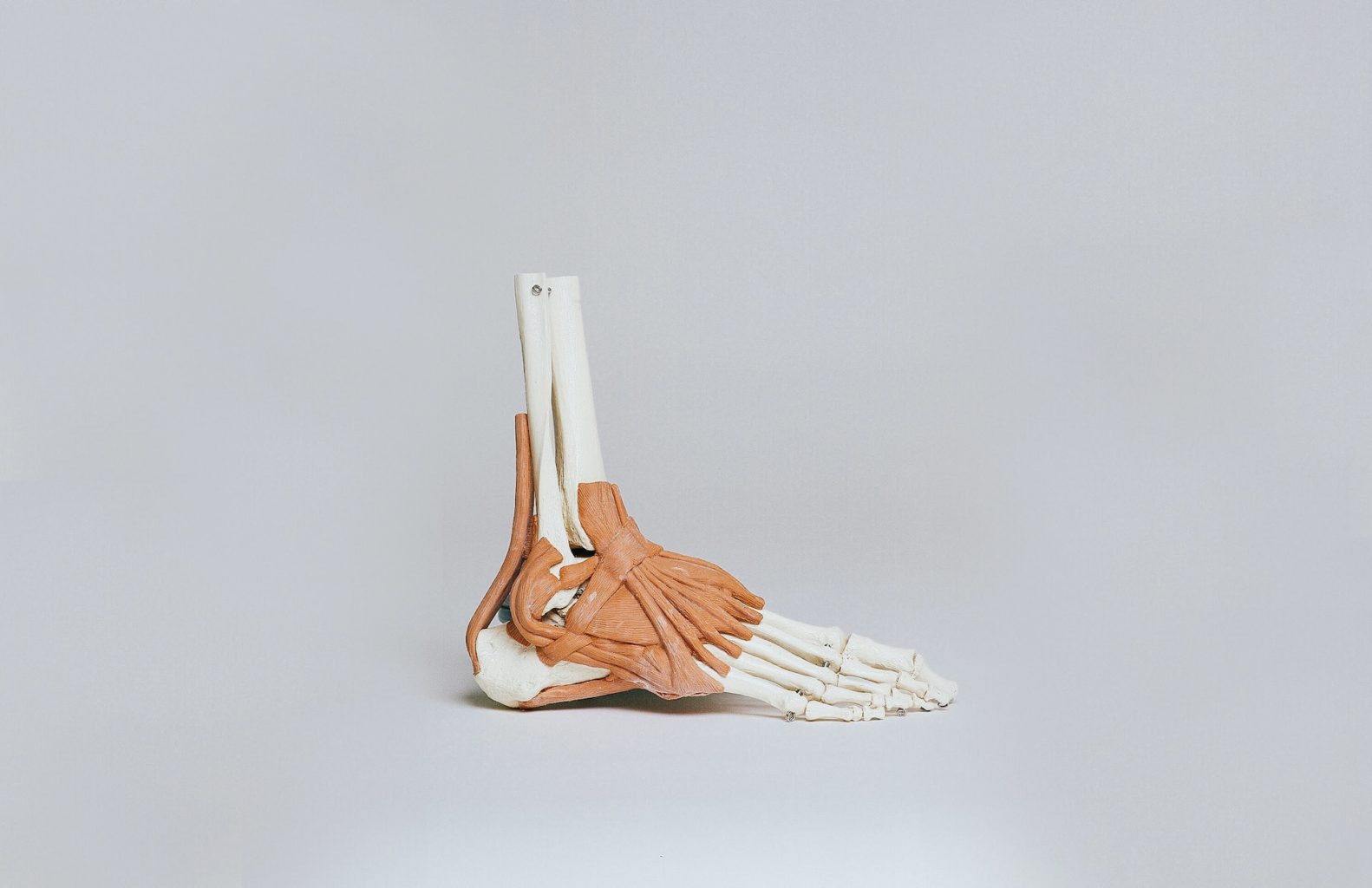
A ruptured Achilles tendon, or Achilles tendon tear, is an injury most commonly seen in active individuals and athletes. It involves a partial or complete rupture of the Achilles tendon. The result is significant pain and loss of mobility. Activities involving rapid side-to-side movement such as football, floorball and racket sports are considered risk factors. More men than women are reported to suffer from Achilles tendon ruptures.
What causes Achilles tendon rupture?
Achilles tendon ruptures are most commonly caused by a sudden forceful exertion or overstretching of the calf and Achilles tendon. The injury usually occurs during activities involving rapid changes of direction, but also during jumping and running.
Why do you get an Achilles tendon rupture?
An Achilles tendon rupture is often unexpected, despite never having experienced problems in the area. However, engaging in high-intensity physical activities with a habit of exercising, ageing, poor flexibility and previous injuries to the area are seen as risk factors. Long-term treatment with cortisone and a certain type of antibiotic also increases the risk of suffering from Achilles tendon rupture.
What are the symptoms of Achilles tendon rupture?
Symptoms of an Achilles tendon rupture include severe pain in the back of the ankle or pain around the heel, swelling, and inability to stand on the affected leg. In the case of a partial tear, the Achilles tendon has often been affected for a long time. If it’s an acute rupture, it feels like a snap or pop in the back of the ankle. Sometimes a ‘pop’ sound can be heard.
When and where should I seek treatment for Achilles tendon rupture?
If you suspect you have a ruptured Achilles tendon, it is important to seek medical help immediately. Early diagnosis and treatment can improve the prognosis and minimize the long-term impact on mobility. Treatment at the Fascia Clinics can be a good complement to the healing of the Achilles tendon.
How is Achilles tendon rupture treated?
At the FasciaClinics, we analyze the whole body to see where compensations and imbalances exist and how they have spread. If there is a primary misalignment in the body, imbalances can spread further in the body so that muscles and tendons are more easily overstrained. Fascia treatment for Achilles tendon rupture involves balancing the body to even out the load on the feet and Achilles tendons, thus reducing the risk of overuse. The vibration removes congestion in the fascia and stimulates its flow so that the cells can absorb substances more easily. This improves the body’s own ability to heal itself, including the Achilles tendon. The treatment is not painful and is often very pleasant.
Achilles tendon rupture – What can I do myself?
Self-care for Achilles tendon rupture should focus on reducing pain and inflammation, protecting the affected area from further injury and gradually restoring mobility. This may include rest, ice, compression and elevation (RIKH) and circulatory exercises.
Achilles tendon rupture exercises
Exercises for the rehabilitation of an Achilles tendon rupture should always be supervised by a physiotherapist or healthcare professional. These can include stretching exercises to improve the flexibility of the fascia and muscles around the Achilles tendon, as well as strengthening exercises to gradually build up muscle tone and support the injured area.
Frequently asked questions and answers about Achilles tendon rupture
What does an Achilles tendon rupture feel like?
An Achilles tendon rupture causes a sharp, sudden pain behind the ankle or lower leg. It can be similar to the sensation of being punched or kicked in the area.
Do you have pain under your heel instead of at the Achilles tendon? Then you may be suffering from heel spurs or false heel spurs instead.
Why is the Achilles tendon ruptured?
The Achilles tendon can rupture when it is subjected to sudden, intense forces – such as during rapid start-and-stop movements or sharp jumps – that it cannot handle, especially if it is already weakened by ageing, previous injury, or certain medical conditions.
How long is rehab after an Achilles tendon rupture?
The rehabilitation time after an Achilles tendon rupture varies depending on the extent of the injury and the health of the person affected. In general, it can take several months up to a year for full recovery.
When can you walk after an Achilles tendon rupture?
The ability to walk after an Achilles tendon rupture varies depending on the severity of the injury and the treatment given. With proper treatment and rehabilitation, patients can start to gradually put weight on the leg after a few weeks, but full mobility may take longer to recover.
Can you move your foot if your Achilles tendon is off?
Yes, but movement can be limited and painful. It is important to protect and support the injured area to prevent further damage and promote healing. Although it may be possible to move the foot, weight bearing should be avoided until medical advice has been obtained.
 Search
Search


